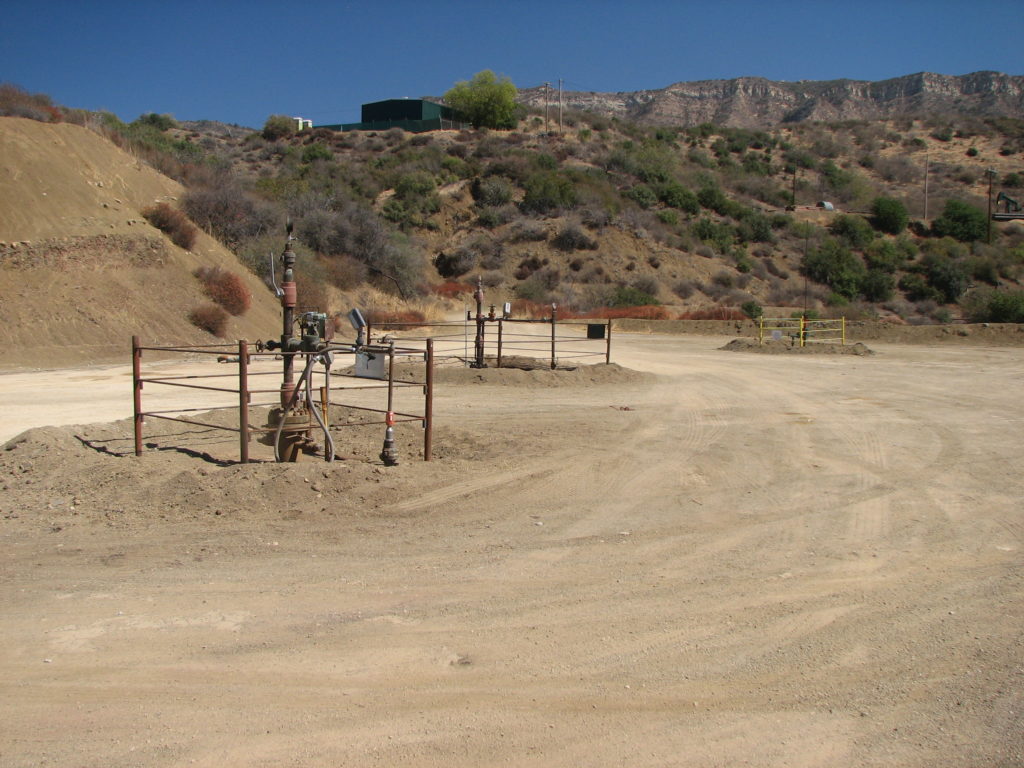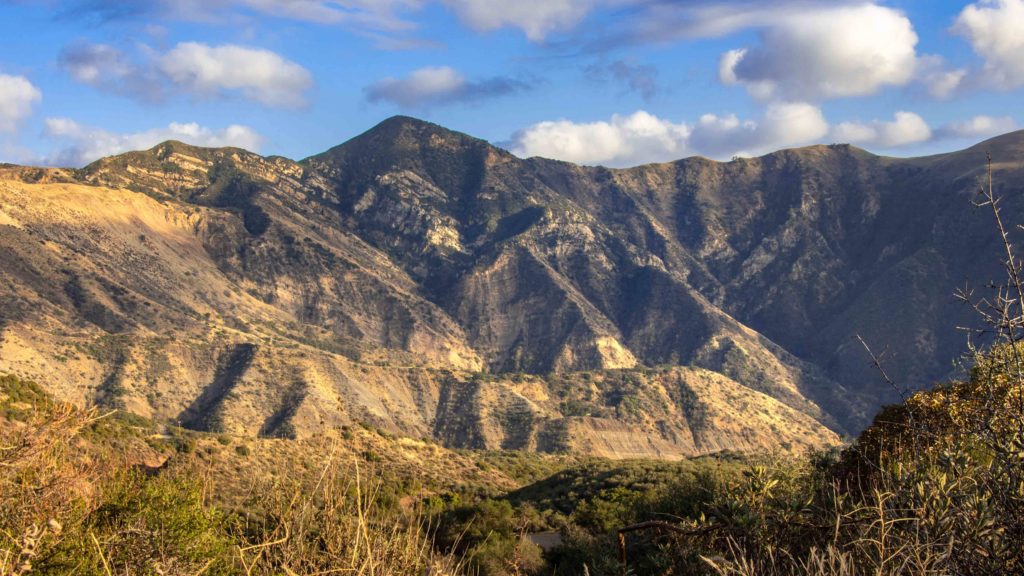
Fillmore, CA – Federal regulators are nearing a decision on an oil company’s request for an exemption from the Safe Drinking Water Act to allow dumping of toxic wastewater into an underground aquifer beneath the Los Padres National Forest.
Four members of Congress recently sent a letter to the Environmental Protection Agency where the exemption is pending final approval. The letter—signed by Senators Alex Padilla and Dianne Feinstein and Representatives Salud Carbajal and Julia Brownley—expresses concern that the dumping would threaten nearby water supply and ecosystems, and requests that the agency undertake a full environmental review.
“The aquifer is located in an area already suffering from a higher pollution burden than most Californians,” states the Congressional letter. “The Sespe Creek is also protected under the Wild and Scenic Rivers Act. These risks to the people of Ventura County and the environment are too great to go unexamined.”
The oil company submitted its exemption request in 2016 following a statewide investigation by the EPA. The audit found that oil companies throughout the state were discharging pollutants into protected water supplies.
Despite overwhelming public opposition, the State of California signed off on the oil company’s request in 2019 but failed to send the approval to the EPA’s regional headquarters in San Francisco for final review. After years of delay, last fall the EPA sent state regulators an ultimatum, expressing “serious concern” about the number of oil wastewater wells—including 25 wells in the Sespe—continuing to inject wastewater into protected aquifers. “It is particularly troubling that the state continues to miss critical timelines to achieve compliance, especially in this time of drought and diminished water supplies across the state,” wrote the EPA, ordering state regulators to submit the Sespe exemption approval as soon as possible.

State regulators finally submitted the proposed exemption to EPA late last year, and EPA is now awaiting the state’s response to a series of technical follow-up questions.
The exemption—if approved by EPA—would apply to an 8-square-mile area in the Sespe Oil Field just upstream from the town of Fillmore and only one mile from the Fillmore Groundwater Basin. Farmers and residents in this small town rely on the basin as a source of clean water for drinking and irrigation. The aquifer is also adjacent to the Sespe Wilderness Area and the Sespe Condor Sanctuary, and it is hydrologically connected to Sespe Creek.
The exemption would allow the oil company—Carbon California—to continue using several active wastewater disposal wells in the Sespe Oil Field, and to possibly reactivate several more injection wells that are currently idle. Together, these 25 active and idle wastewater disposal wells have injected nearly 872 million gallons of produced water and fracking waste into the underlying aquifer, according to the exemption application.
The wastewater from oil and gas contains naturally occurring brine (salt water) and petroleum hydrocarbons along with various chemicals added through the drilling process including biocides, anti-corrosives, clarifiers, heavy metals, and radioactive tracers. Various fracking chemicals can also be reinjected into the aquifer, many of which are carcinogenic or have known human health risks.
The federal Safe Drinking Water Act protects underground sources of drinking water from pollution. However, an aquifer may be exempted from this requirement if it meets specific criteria. Any exemption must be approved by California Geologic Energy Management Division (CalGEM), the State Water Resources Control Board, and EPA.
A 2011 audit by the EPA found the State of California in violation of the Safe Drinking Water Act for illegally permitting oil wastewater injection in 2,400 federally-protected aquifers. The EPA allowed the state until February 2017 to bring all illegal injection activities into compliance with the law, a deadline that CalGEM has failed to meet. In the meantime, oil companies continue to illegally inject wastewater into protected aquifers throughout the state.
ForestWatch supports the request by members of Congress to conduct a full environmental review of the Sespe aquifer exemption. This is the best way to incorporate science into the EPA’s decision-making process and to facilitate public involvement and transparency, particularly amongst vulnerable communities downstream who bear the brunt of impacts from a polluted aquifer.







Comments are closed.